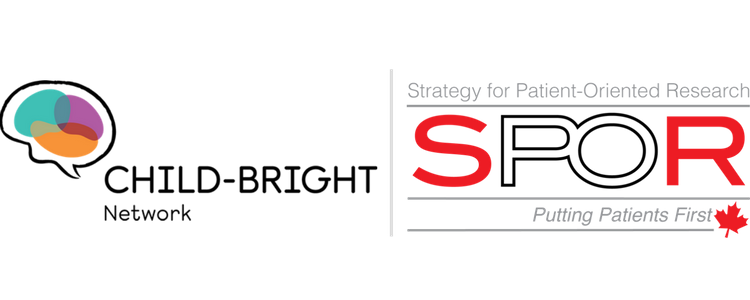As the repercussions of the Coronavirus outbreak continue to reverberate across Canada, we are all adapting to our different realities as best we can. In many areas, schools and institutions have closed or are operating at reduced capacity, and local, provincial, and federal governments are recommending that people shelter in place whenever possible.
For families of children with disabilities and complex care needs, staying at home may be more challenging. You may be now administering care that was distributed between the school, rehab centers, and respite care all on your own.
On a more positive front, you may be noticing that our community is growing stronger and closer. Virtual communities, activities, and connections are taking on growing importance.
““It is bringing us back to what is important: connection and attention, which is something that our daily lives don’t allow for given all of our overwhelming schedules, therapies, and appointments,” says Joanne Charron-Yannakis. “Instead of doing everything for our kids we can now do everything with our kids, which is just as important—even more important—than academics, therapies, and all other multitude of things we need to do as special needs parents for our children.” ”
The Jooay App lists adapted and inclusive leisure activities across Canada. All of the Jooay activities are currently not available as we maintain social distance, so the Jooay community wanted to assist virtually to share some resources that can help families, children, and youth to keep participating in leisure activities that are important for them in the new circumstances, and to connect with others to find a community of support in this difficult time.
Ability Online
Founded in 1990, Ability Online is a Canadian social media technology platform for young people with disabilities to connect to each other and the world around them. It offers a free, secure, online environment where children and youth can chat, share experiences, and talk about how they are coping.
Community Connecting to Play
The Jooay team also maintains the Community Connecting to Play. In this Facebook (private) group (just ask to join if you’re not already in!), the team is gathering and posting activities and ideas of what to do at home, including resources for explaining the coronavirus situation to your children, virtual story time, or even suggestions for a stay-in movie night! We invite you to join the group now to take a look, become part of this community, and share your best strategies and other resources with others.
We are also happy to share resources from the Canadian Paediatric Society and Children’s Healthcare Canada that include various links to topics that can help at this time, including for children with special health needs.
If you are at home with your children, we want to know: What are some of your go-to activities to keep your kids occupied? Let us know, so we can stay connected!












